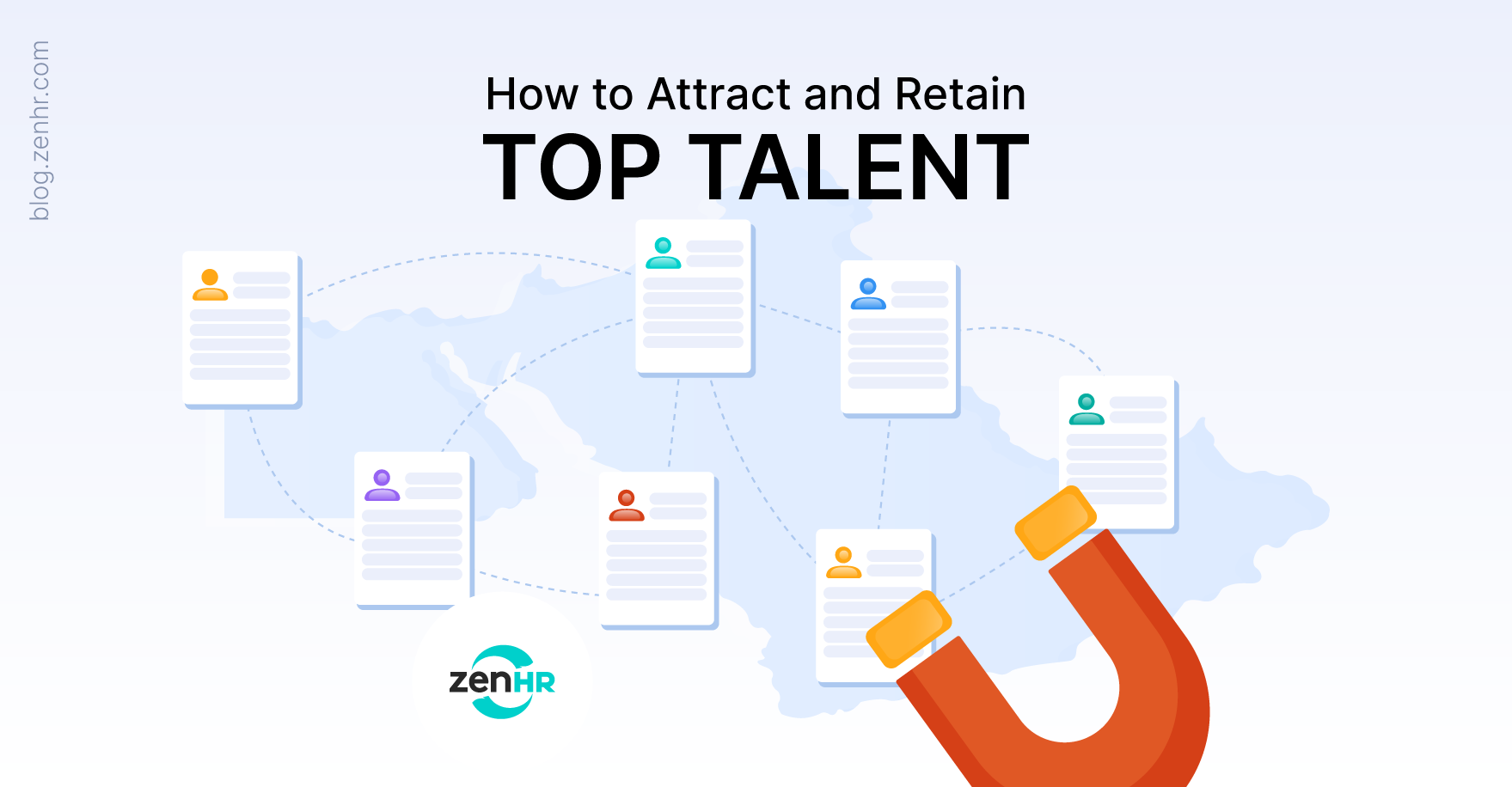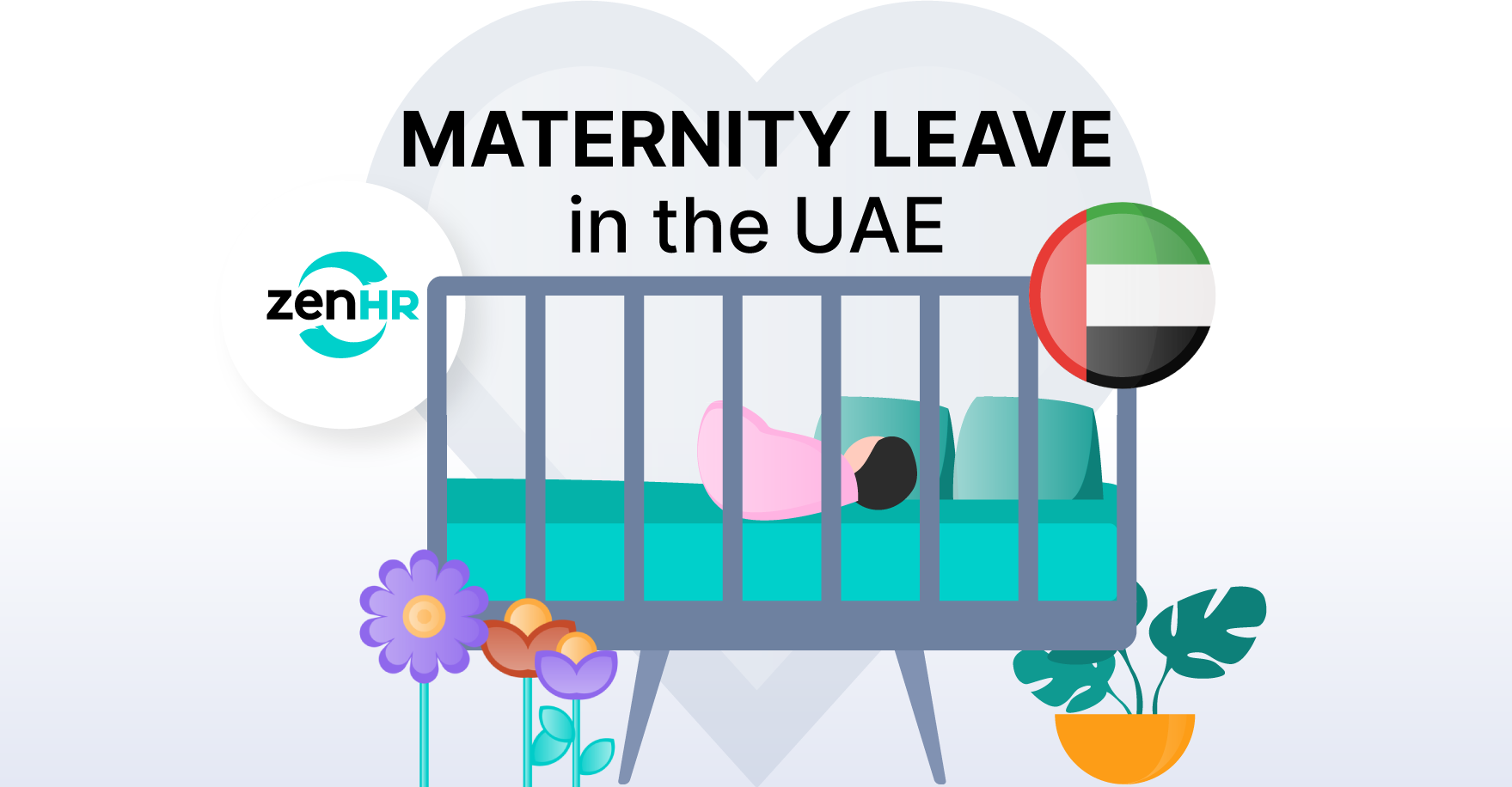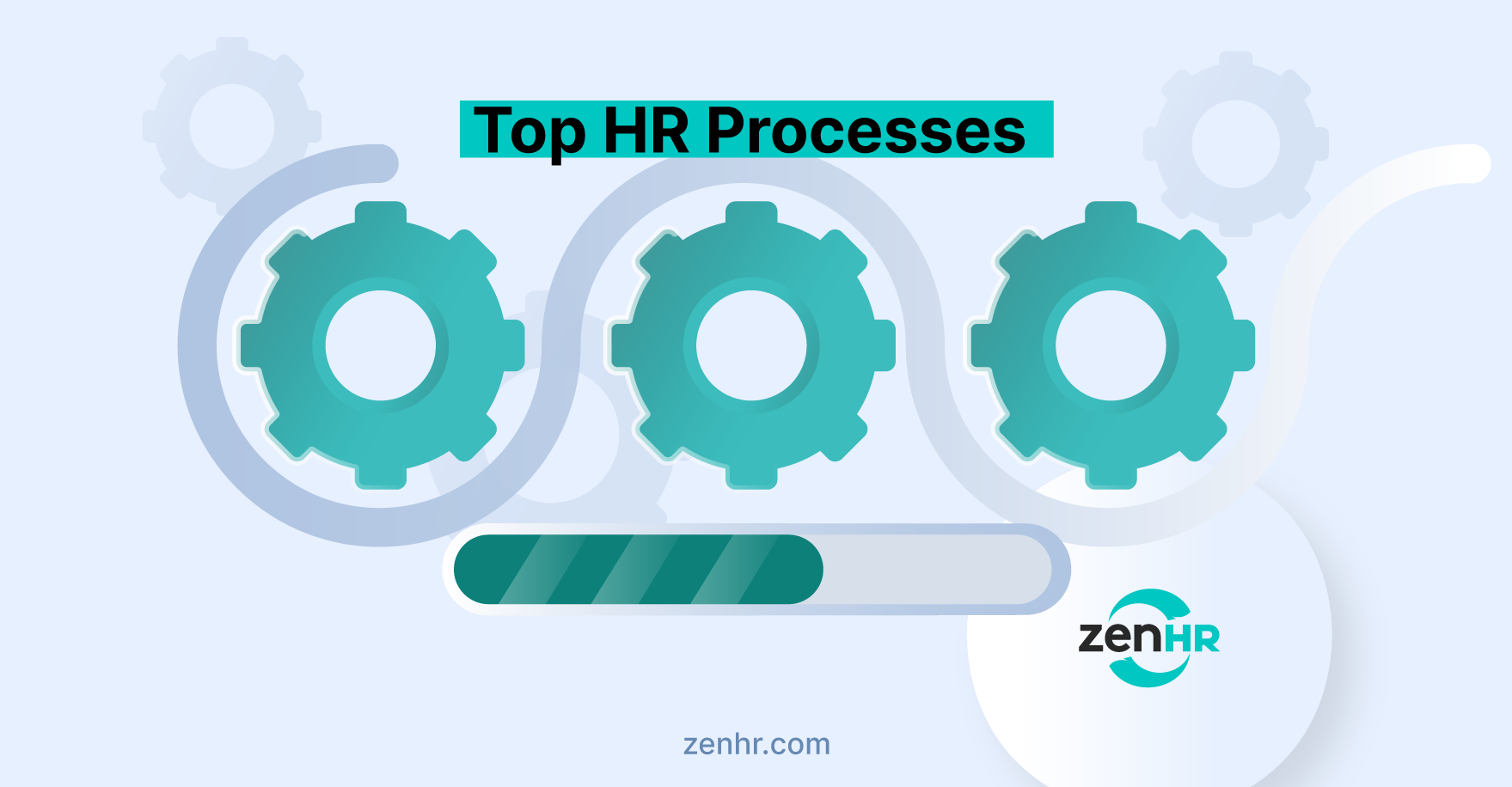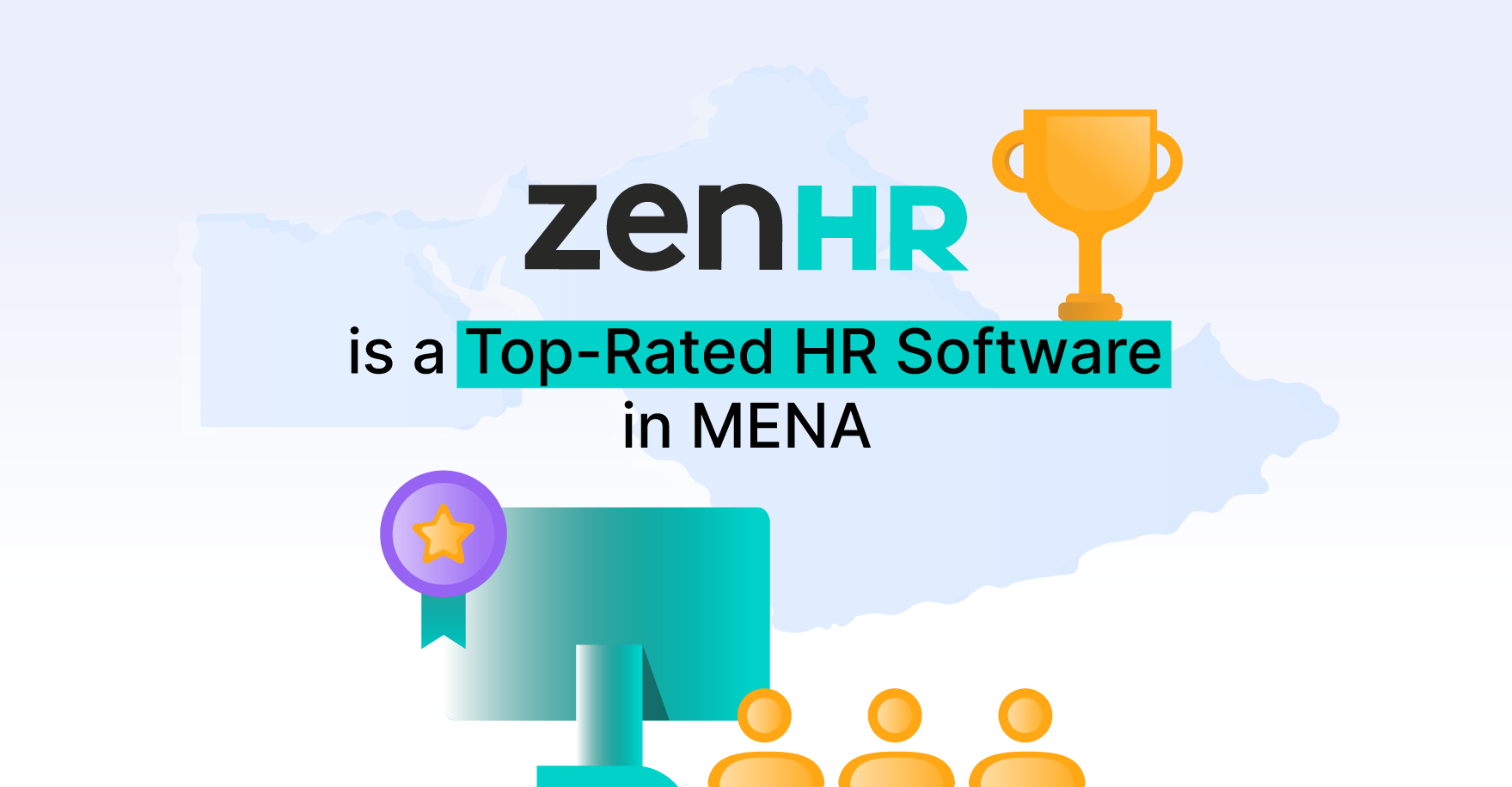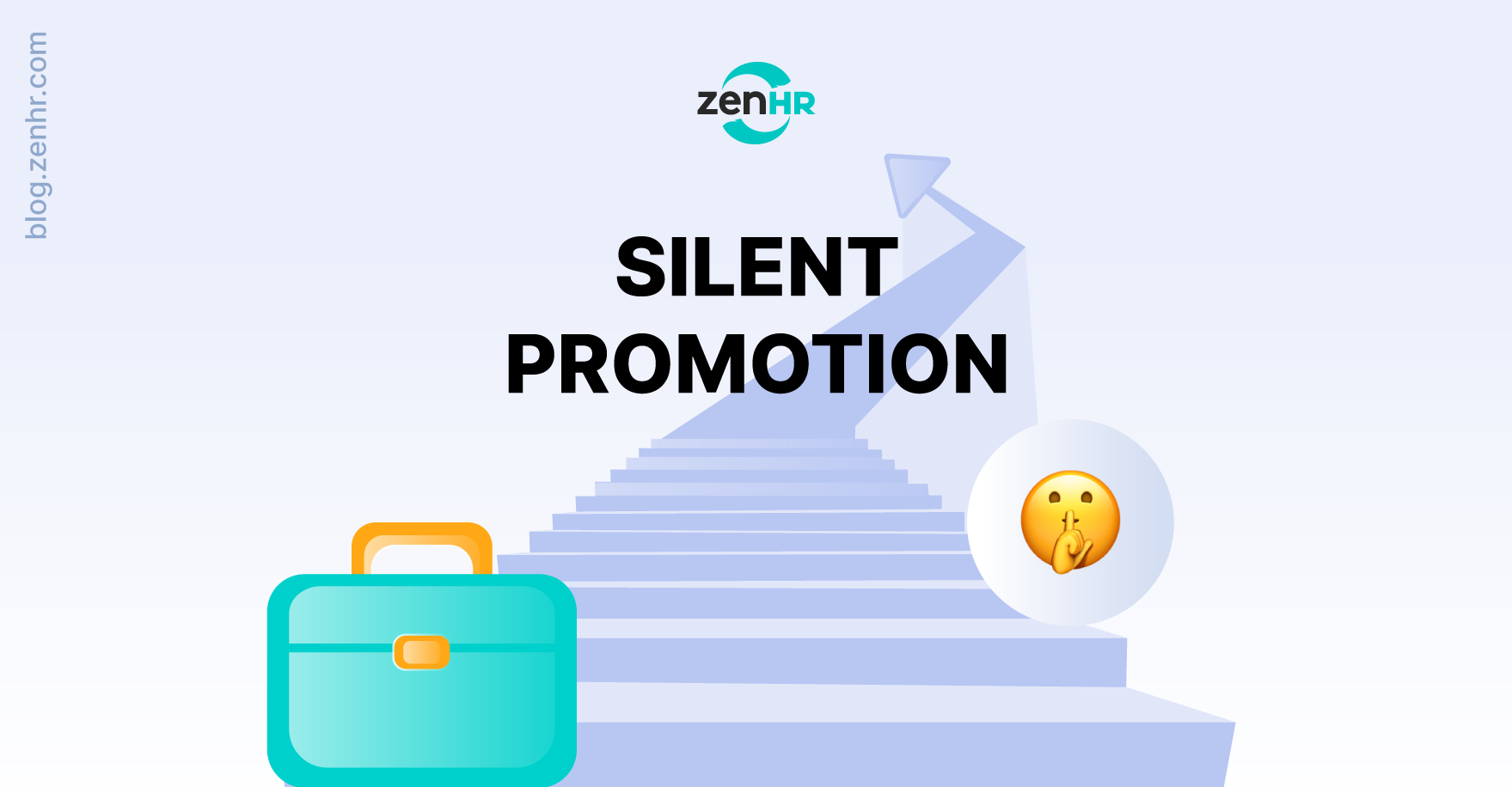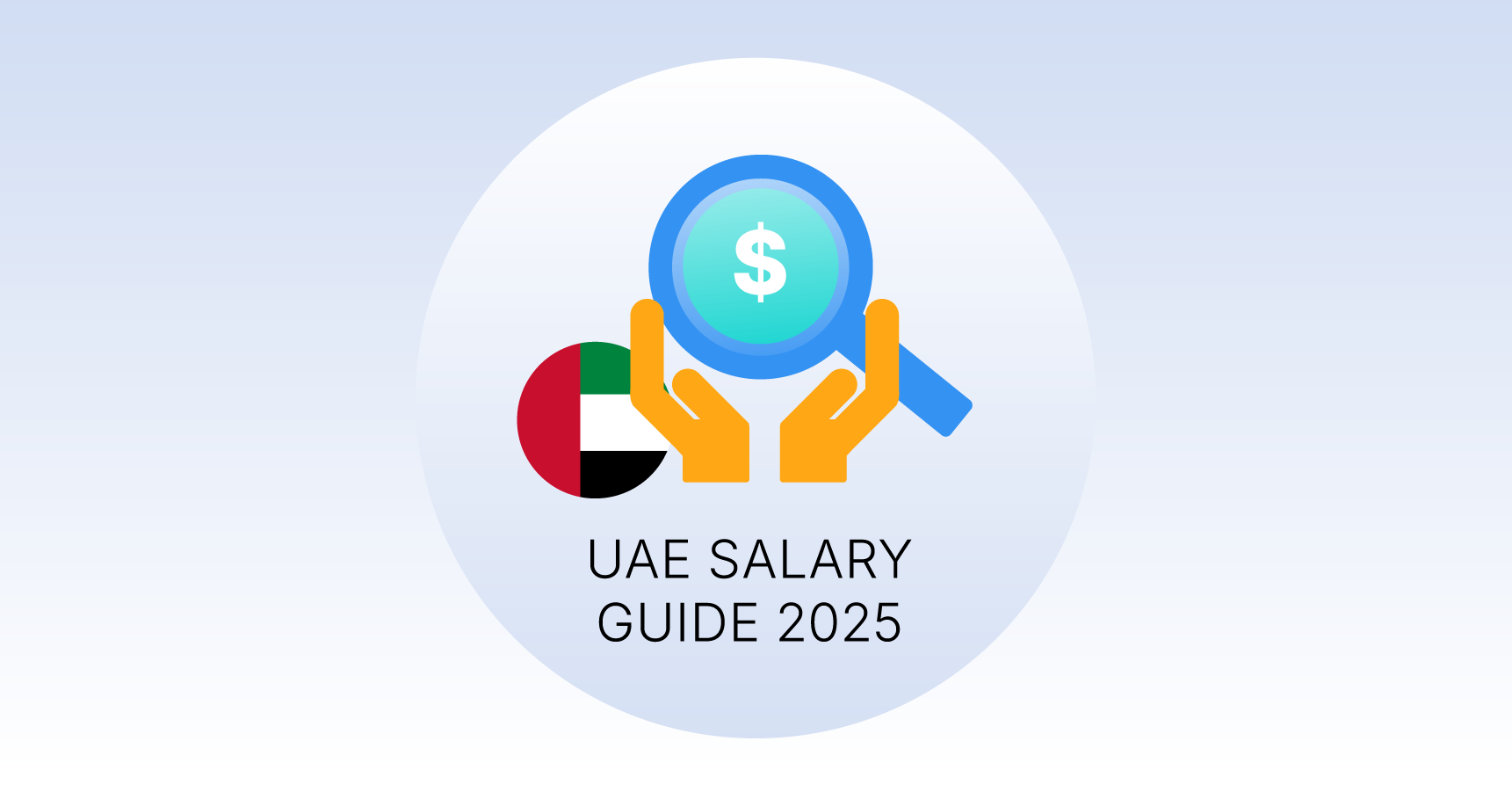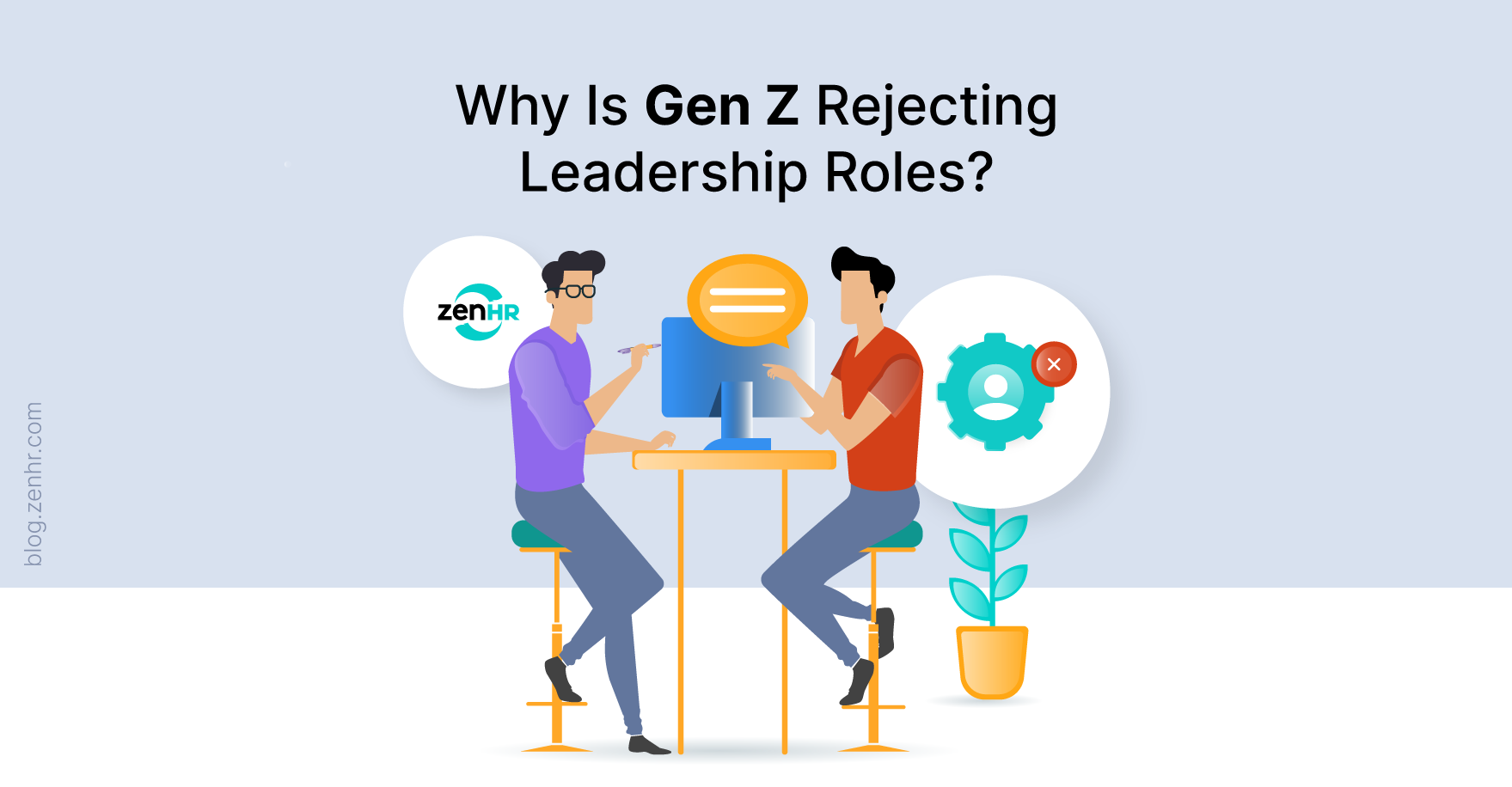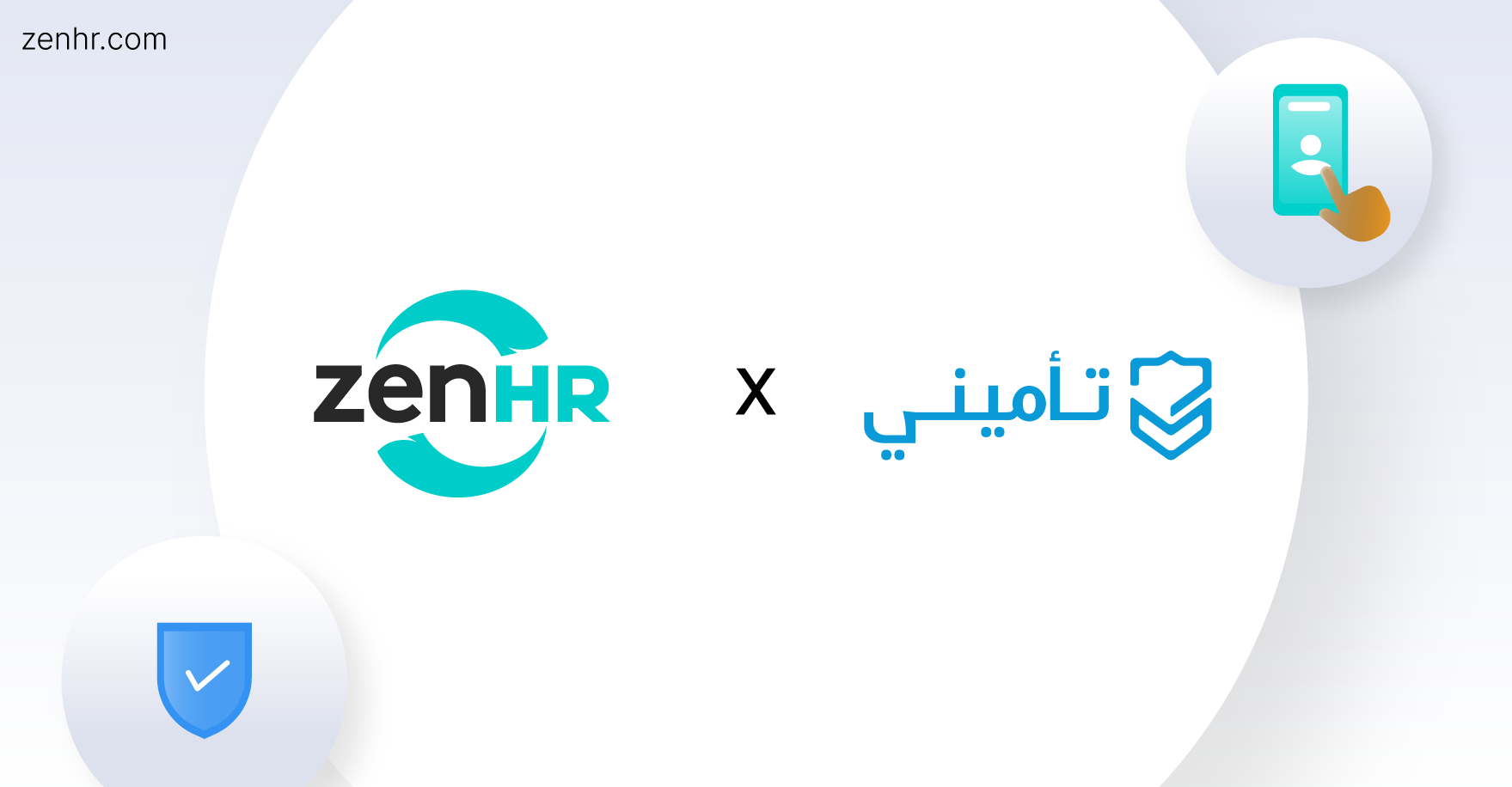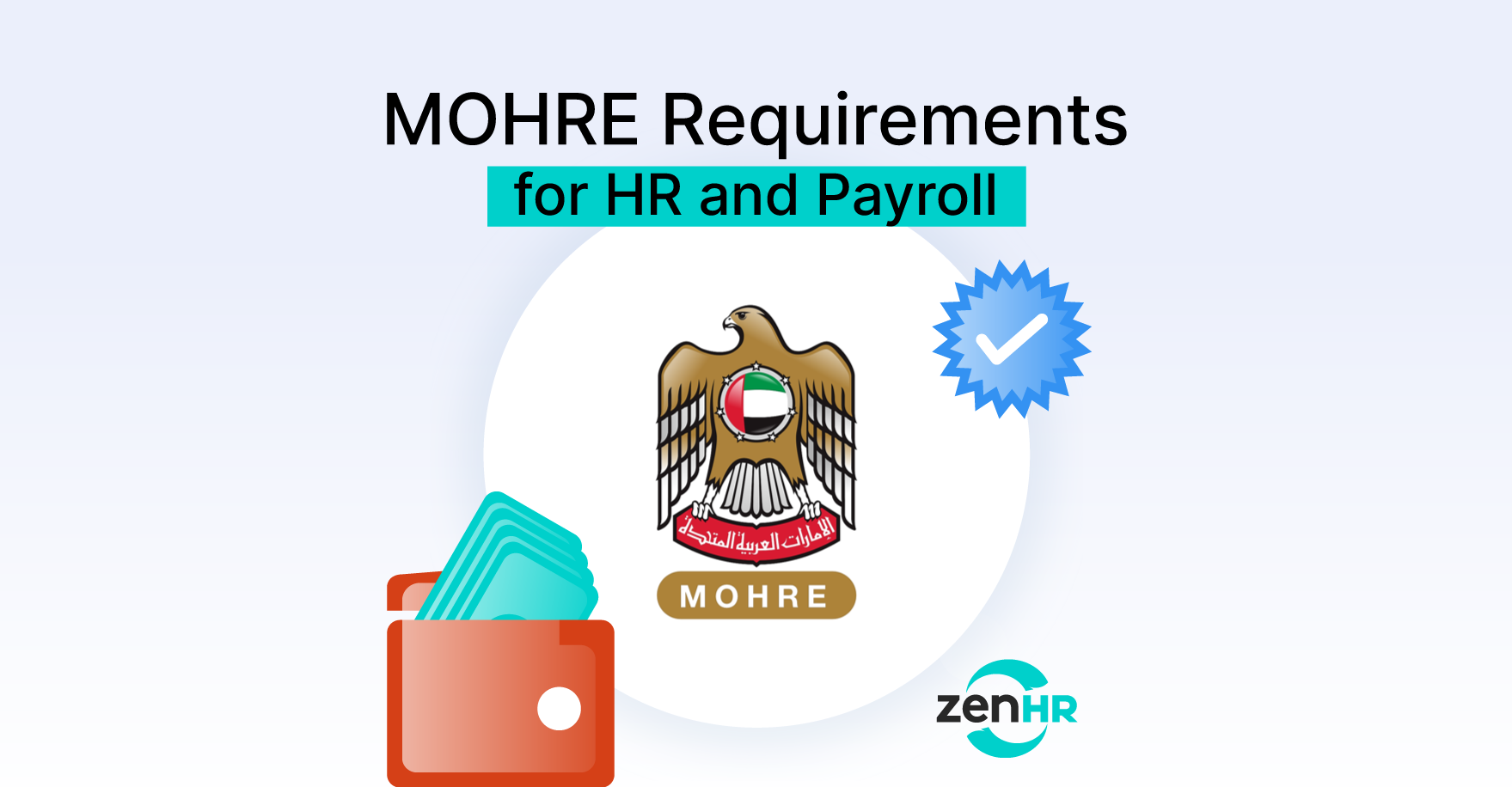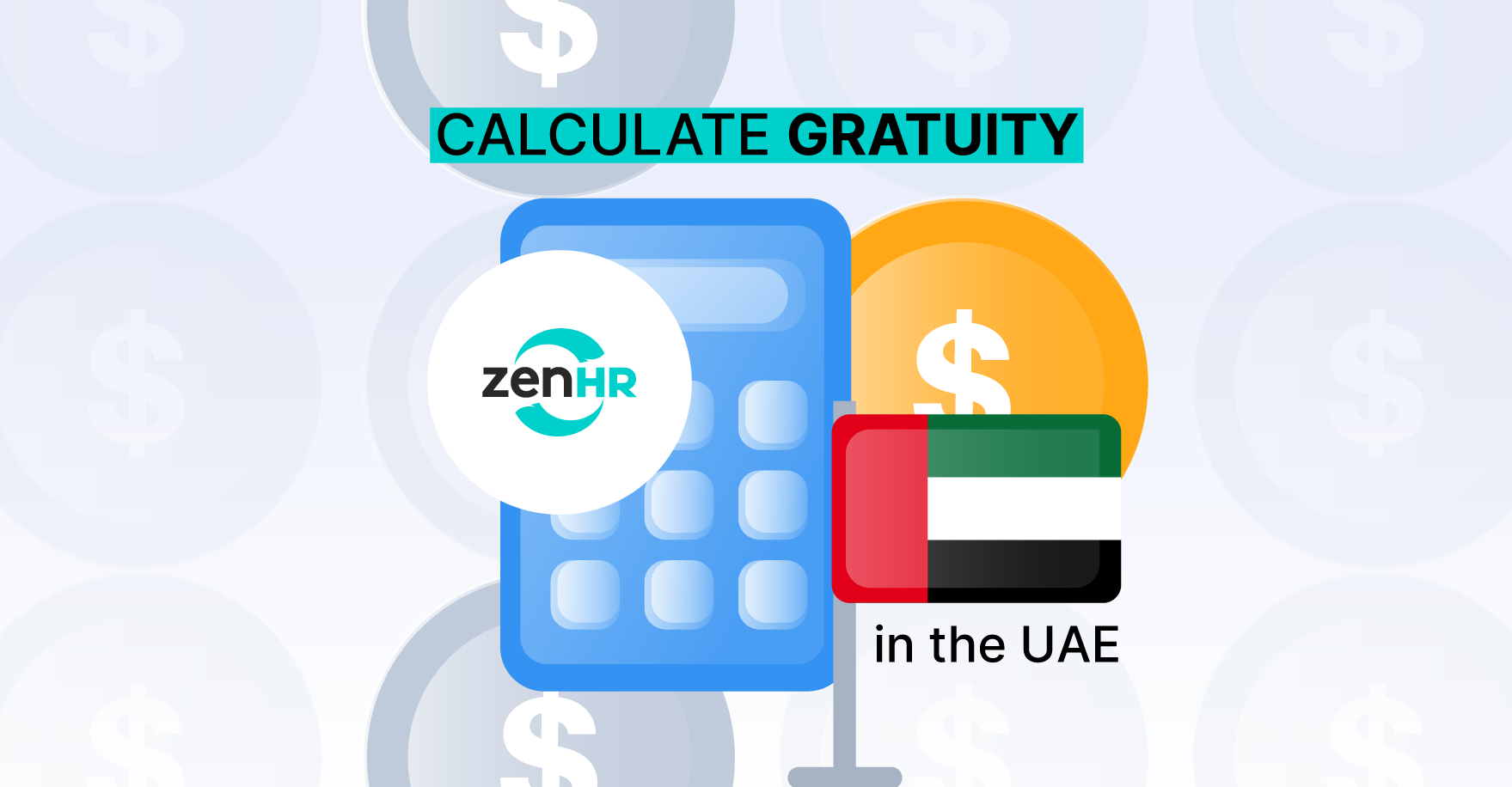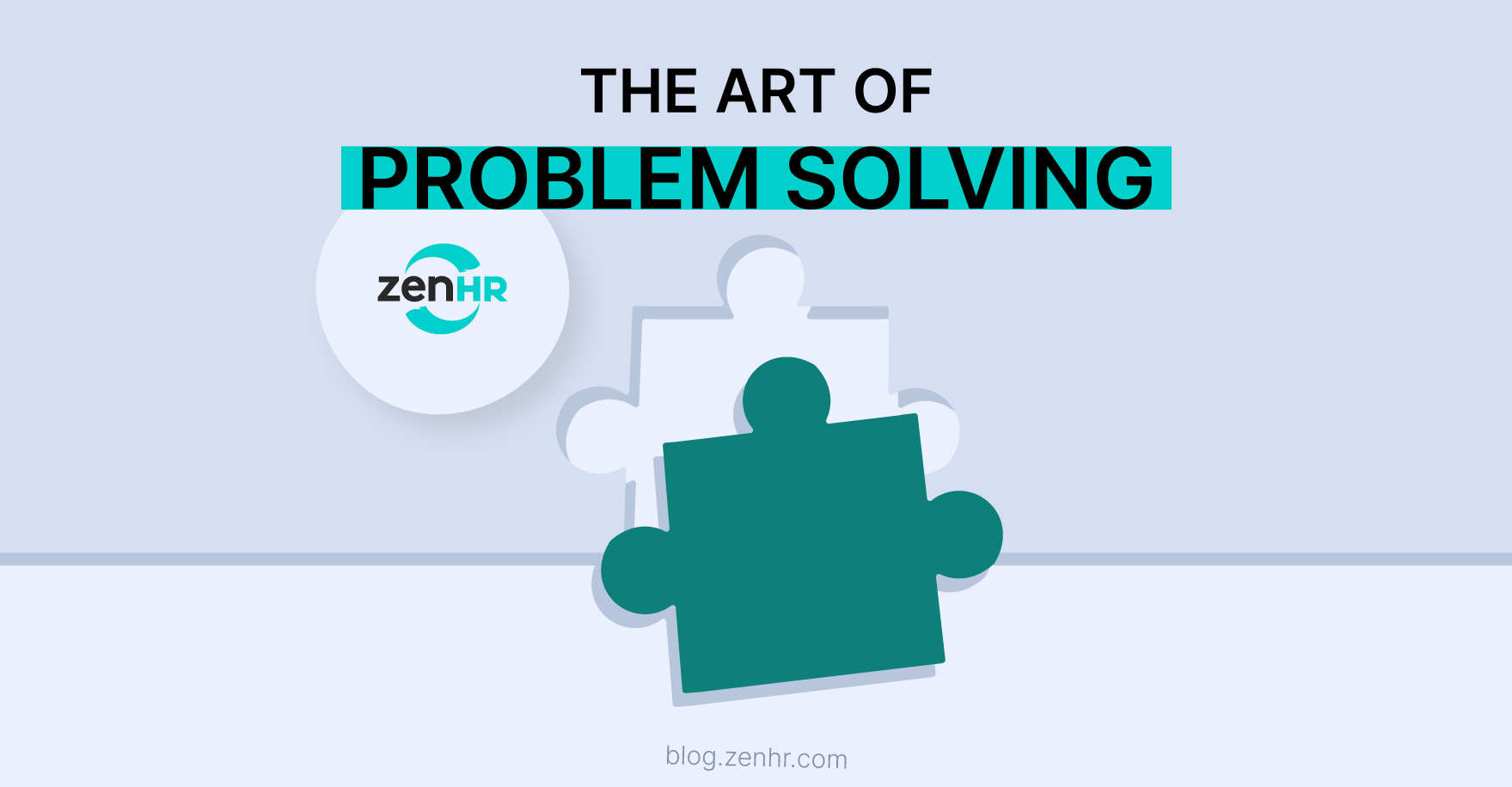The ZenHR Blog for Human Resources Management
The ZenHR Blog offers a variety of HR articles and topics covering the latest trends in HR management, technology, and development, as well as practical tips on how to improve the performance and efficiency of HR processes.
.png?width=674&height=313&name=Main-Blog-Header01%20(2).png)
Category
- HR Articles & Tips
- Career Advice
- Awards
- HR Infographics
- HR Trends
- Culture
- Features on ZenHR
- HR Memes
- UAE
- Client Testimonials
- Events
- HR Email Templates
- Work Environment
- Artificial Intelligence (AI)
- Public Holidays
- Quizzes
- Recruitment & Hiring
- Trends
- UAE Compliance
- What’s New in ZenHR
- ZenATS Features
- ZenHR Features
- Employee Engagement
- HR Certificates
- HR Courses
- Integrations
- Quotes
- Recruitment
- Talent Acquisition
- ZenHR Culture
- ZenHR Mobile App (ESS)
Loading more posts
No more posts to load
Stay up-to-date with the latest HR trends, technologies, and tips with the ZenHR blog.

Start now with ZenHR!
Request a demo now

